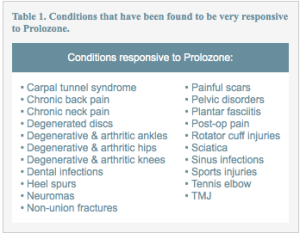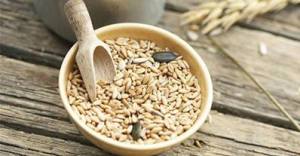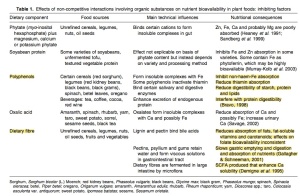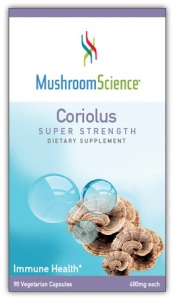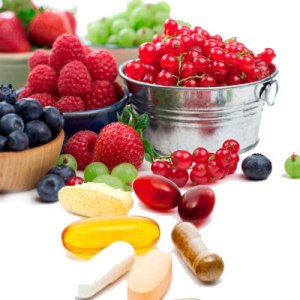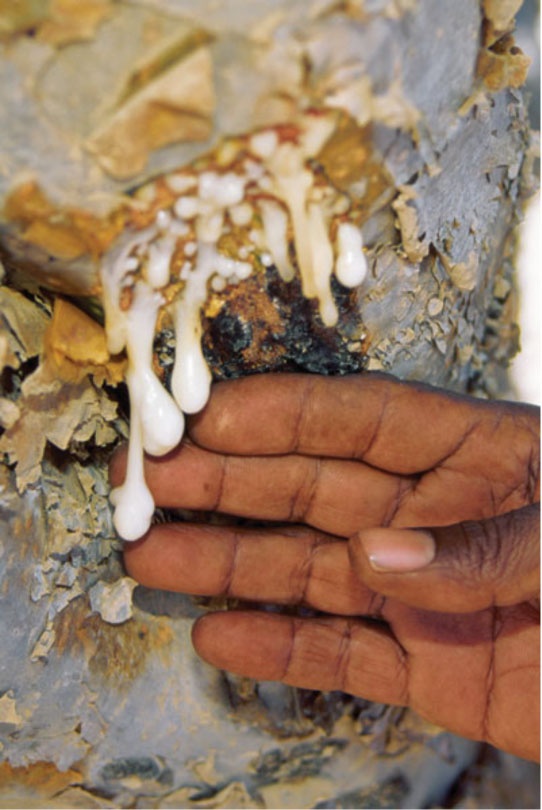
I’ve been hearing a lot about essential oils lately – before yoga class, before meditation class, at the acupuncturist. To be honest, I was skeptical about the cure-all tone being used to market them, until I started doing some investigating of my own. Since then, I’ve become increasingly impressed by their wide range of healing properties – time-tested for millennia.
When essences are extracted from plants in natural ways (steam, water, or mechanically pressed), they become essential oils. Because essential oils are *super* concentrated, they’re usually blended into a carrier oil like jojoba, coconut, or argan to help prevent any potential contact irritation. To give you an idea of just how concentrated… it takes more than 200 pounds of lavender flowers to make only 1 pound of essential oil! This is one of the reasons that high quality oils are so expensive.
I’ll be focusing on frankincense today. Also known as Boswellia or olibanum, it comes from the dried sap of the Boswellia tree native to Africa, India, and the Middle East [R]. The 4 main types of Boswellia that produce authentic frankincense are B. sacra (also known as B. carteri and B. bhaw-dajiana), B. frereana, B. papyrifera, and B. serrata.
Frankincense essential oil can be used topically, orally, or diffused into the air, and has been safely used for inflammatory conditions for thousands of years in Ayurvedic medicine. Frankincense also has a long history of use in many religions, in the ritual cleansing and purification of sacred spaces. In fact, frankincense is now recognized as having antiseptic and disinfectant properties! Modern research is (finally!) catching up to the ancient wisdom of folk medicine, confirming many of its traditional uses in inflammatory conditions [R] [R] ranging from headaches to arthritis [R] [R], and even cancer [R] [R].
What to look for:
- Since there are no official regulatory guidelines for essential oils, it is important to ask questions about the sourcing, time of harvest, extraction method, food grade or not, organic or not. The words “therapeutic grade” alone carry very little meaning.
- Longer duration and higher temperature hydro-distillation methods produce a richer, more potent oil rich in boswellic acids (one of its main active ingredients).
- Sustainably harvested. Over-exploitation has resulted in a decline in tree populations [R] – just a couple of drops at a time is usually all you need! Remember, plants are our teachers. We need them for medicine, and we look to their inherent wisdom when developing new medicines (among a million other reasons)… please please use wisely! (I like Young Living and Snow Lotus brands – and I’m not getting paid to say this!)
- If taking orally as a capsule, tablet, or bark decoction, look for a standardized extract (containing 60% boswellic acids). Try sustainably harvested Savesta (again, I’m not being paid to say this!)
How-to’s
3 drops high-quality essential oil per 100ml of water in a diffuser. This is an especially eco-conscious (and the most bang-for-your-buck) way to receive the benefits of essential oils!
For depression or anxiety, try 1 drop of a food-grade essential oil under the tongue in the morning. Note: high doses of frankincense can be toxic.
In capsule or tablet form, the suggested dosage for inflammatory or asthmatic conditions is 300-400 mg three times daily, taken with a fatty meal to aid absorption [R].
What it’s good for
Autoimmune issues/ chronic inflammation – preliminary studies have shown that Boswellia can help improve autoimmune conditions without the negative side effects associated with conventional medicines [R] .
Mood disorders – One study showed that mice who were given frankincense resin orally became less depressed – with reduced stress hormone levels and increased levels of neurotropic proteins that support a healthy nervous system [R].
Brain health – many studies point to the cognitive benefits of frankincense: from short and longer term memory to learning ability [R]
Asthma – A study of patients using traditional corticosteroid therapy showed a decreased need for inhalation therapy when combined with a daily oral intake of 500mg of a Boswellia extract [R] .
Environmental allergies (year-round) – subjects involved in a study using a blend of Ravensara, frankincense, and sandalwood oils inhaled for 5 minutes, twice a day for a week showed a significant improvement in their symptoms [R].
Gingivitis – A 2-week study showed significant improvements among subjects given small doses of frankincense powder or extract – improvements included reduced gum bleeding and inflammation [R] .
All written contents are copyright 2017 by 20fourcarrots.
[https://twitter.com/VivianKanchian], [https://www.facebook.com/20fourcarrots]
No reuse or re-publication without permission. Please note that the information provided on this site is intended for informational purposes only. Nothing contained herein is intended to treat, diagnose, prevent, or cure any illness or medical condition. Consult a doctor before beginning any diet or exercise regimen or before taking vitamins or supplements. Statements on this site have not been evaluated by the Food and Drug Administration.



